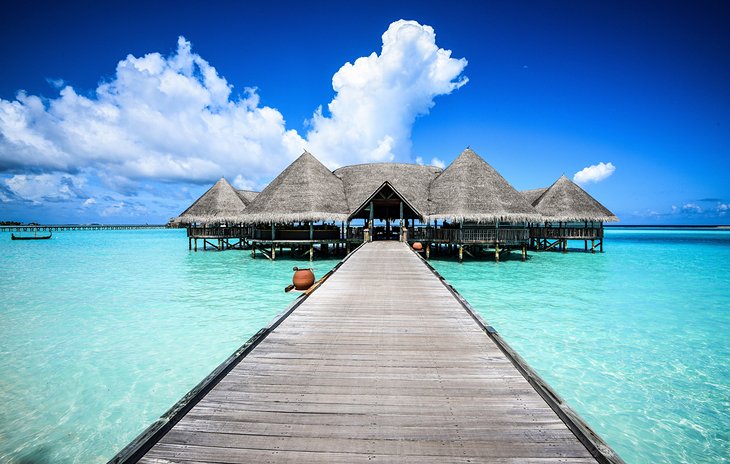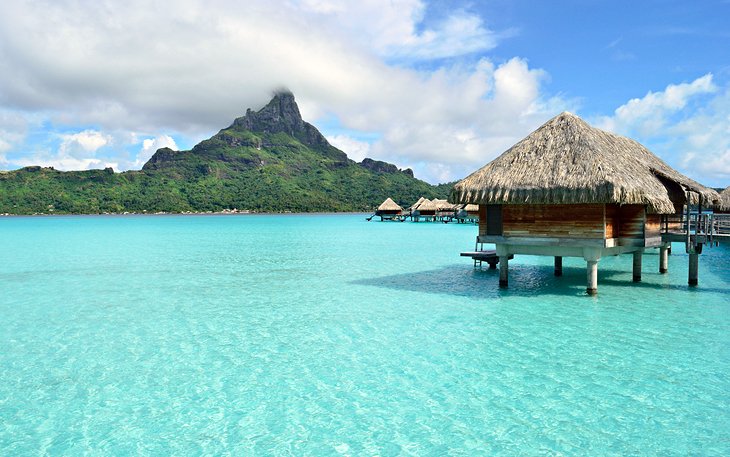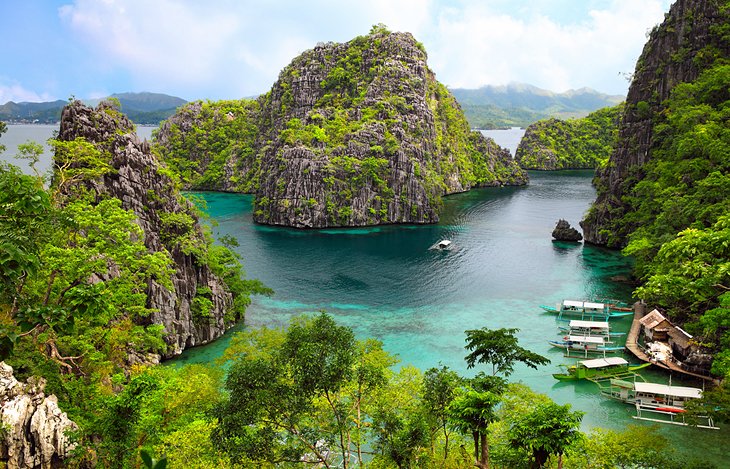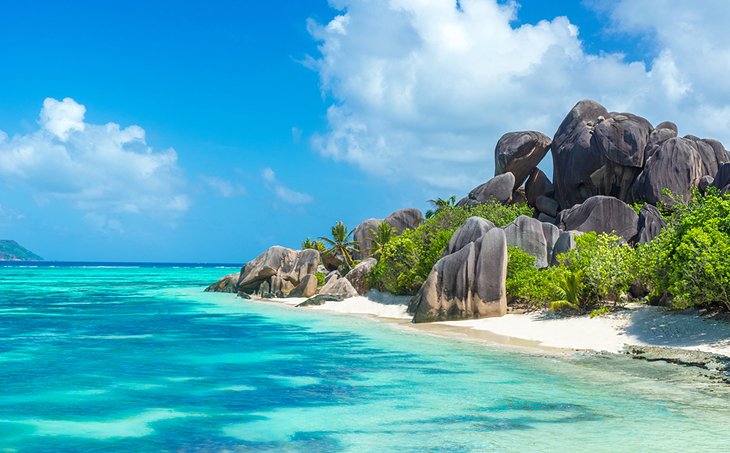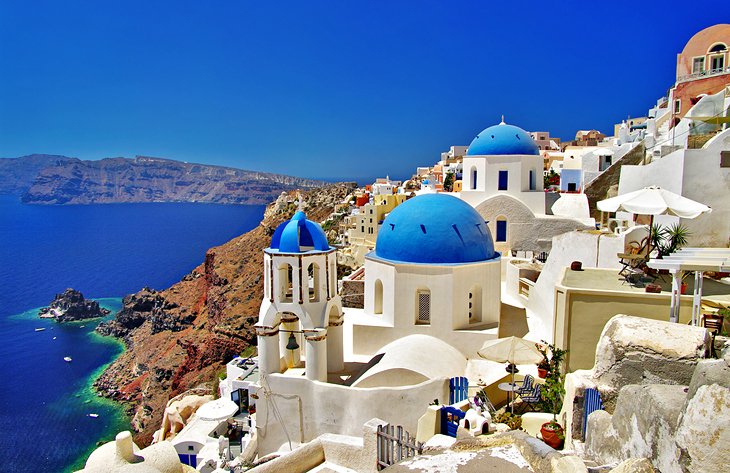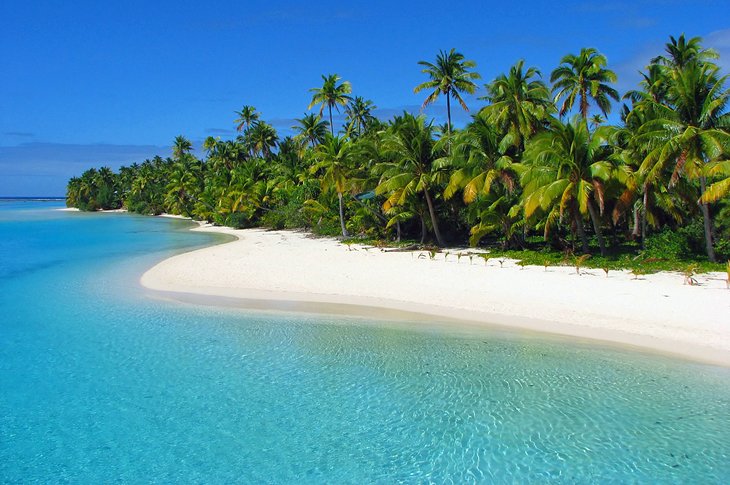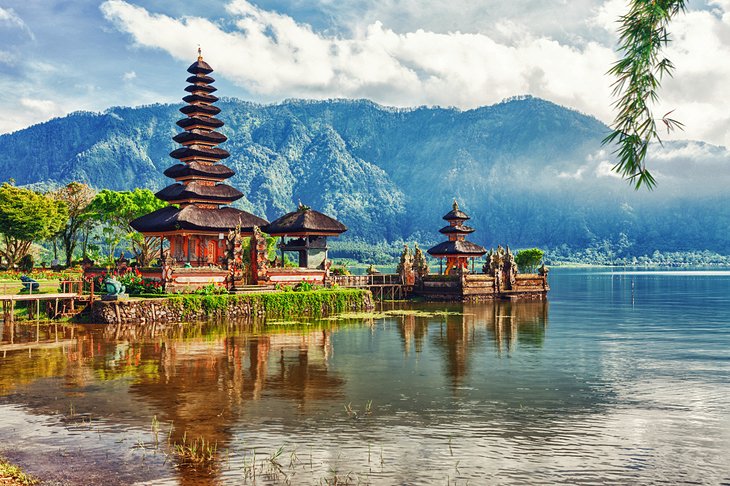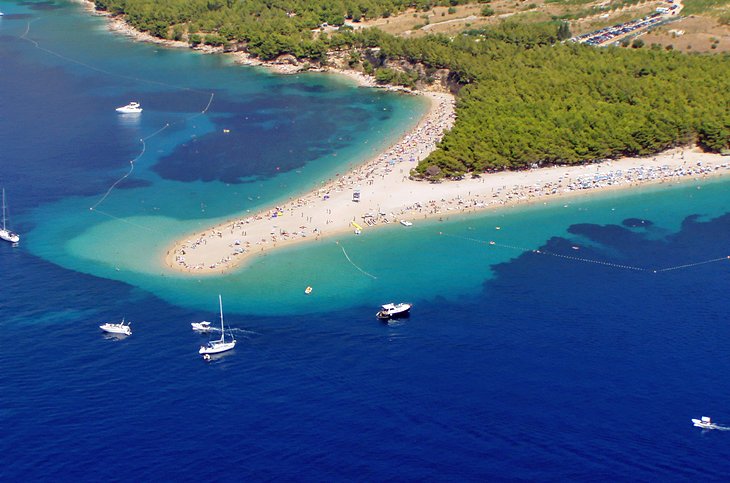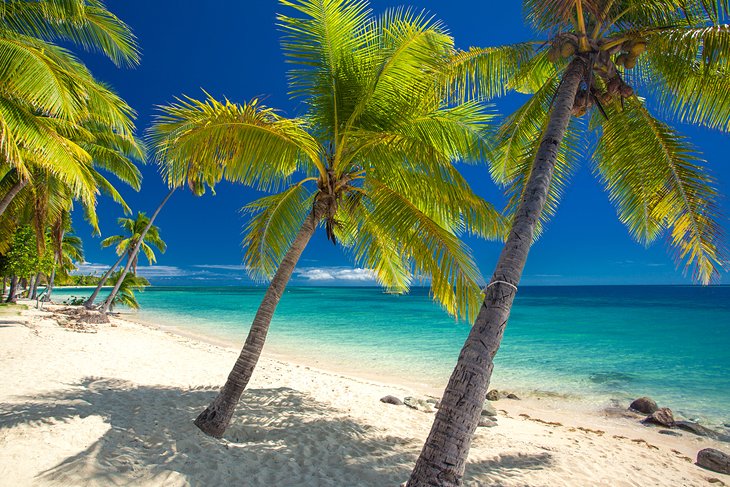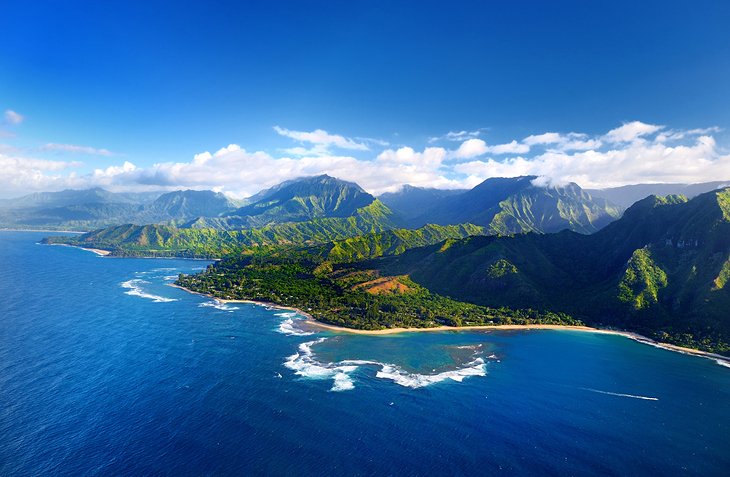The Daintree Rainforest itself boasts an incredibly biodiverse landscape with a large concentration of animal and plant species that can’t be found anywhere else in the world. It is also one of the oldest rainforests on the planet.
It covers 1,200 km squared, and is one of the finest examples of Mother Nature in the world, let alone in Australia. Situated in Northern Queensland, it gained its national park status back in the early 1980s and forms a vitally important part of the Wet Tropics of Queensland. A few years after opening it was awarded World Heritage status and remains to this day a ground to showcase Australia’s most picturesque landscapes and most beautiful flora and fauna.

For the most part, the park is covered by tropical rainforest, which has been alive for more than 110 million years.
It is thought the forest was created via a fortuitous continental drift when it split away from the supercontinent that took up the southern hemisphere millions of years ago. As it drifted away towards Antarctica, it passed through ocean currents and dropped in temperature, while other areas sped off to warmer climates. It is thought the rainforest segments of the supercontinent, like the Daintree, retained their original climates, as well as their original tree species. In fact, many tree species that have long been thought extinct have recently been rediscovered in the park.
It got its name from the Daintree River which weaves its pretty way through the forest, which in itself was named after Richard Daintree, the friend of keen explorer George Elphinstone Dalrymple.
The park is split into two separate sections with a sweep of lowland that connects the two. It’s here that you’ll find the quaint towns of Mossman and Daintree Village, both of which are tucked away beneath the green-carpeted scenery
Animals of daintree national park
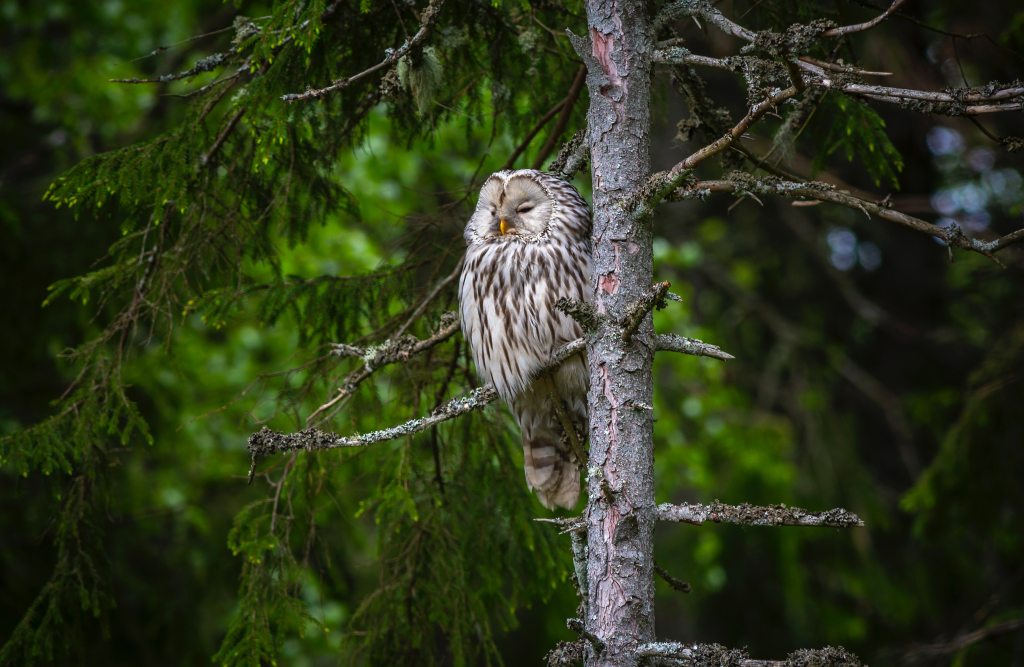
The park is home to more than 430 different bird species, ranging from small, colourful varieties to larger, more prehistoric-looking species. Keep your eyes peeled for the wompoo fruit-dove, which is one of around six pigeon species in the park, as well as the cassowary and the buff-breasted paradise kingfisher.
On the forest floor, you might spot creatures like the striped possum, the ringtail possum, the brown bandicoot, and various species of tree kangaroo. There are plenty of native Australia critters here, too, including the swamp wallaby, the platypus, and the short-beaked echidna.
If that wasn’t enough, there are also around 23 reptile species that call the forest home, and 13 amphibians that wander between the watering holes and dry land. You might be able to spot forest dragons, water dragons, chameleon geckos, pythons, and varieties of tree snakes, as well as a unique frog species like the Australian lacelid, the white-lipped treefrog, and the common mist frog.
The selection of wildlife and plant species in the Daintree Rainforest really is spectacular, and you can guarantee that you’ll be able to spot at least a few of the native critters that call the park home. While wandering beneath the lush canopies and exploring ancient landscapes, keep your eyes peeled so you don’t miss a wildlife-spotting opportunity.
Some of the species that call it home can only be found in this small patch of land, and it contains a vast amount of wildlife that is otherwise extremely rare or near extinct in other parts of the world.
Explore Daintree National Park
The Daintree National Park’s stunning scenery and abundance of cute critters makes it the perfect place for nature lovers to explore. It offers a unique hotspot for outdoor holidays that is unrivalled by anywhere else in Australia; visitors can enjoy daintree frogjaw-dropping hiking trails, camp beneath the vibrant green canopies, cool off in natural rock pools, and enjoy spectacular views from uninterrupted lookout points. There is a wealth of eco-friendly accommodation in the area and a number of eateries that promote local, fresh dishes.
Originally owned by the Eastern Kuku Yalanji Aboriginal people, the Daintree National Park is imbued with a legendary spiritual significance which weaves through the colourful undergrowth. It’s this combination of age-old histories and a new sense of development and sustainability that makes the Daintree National Park such an enticing place – well, that and it’s incredible wealth of wildlife and awe-inspiring landscapes.


